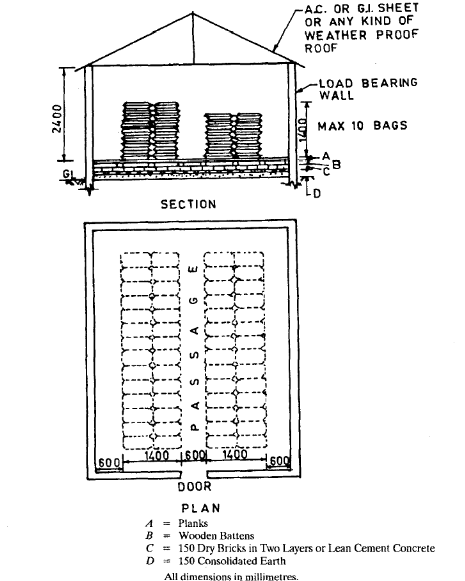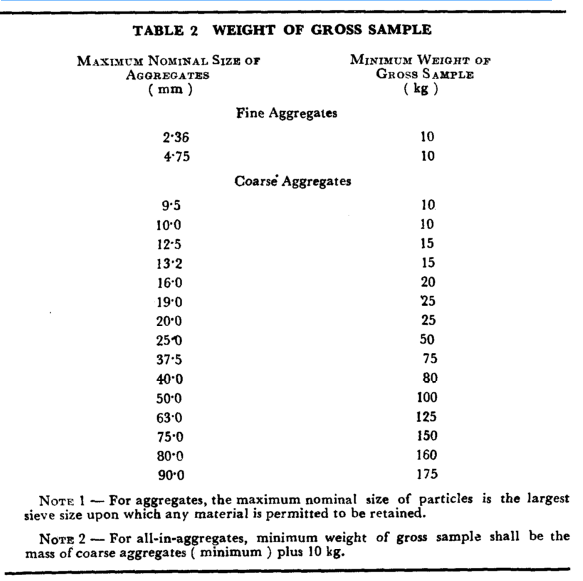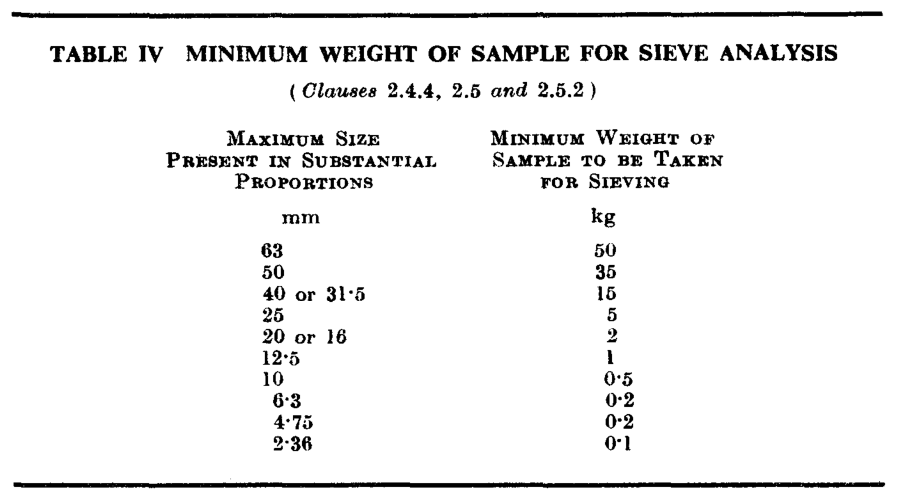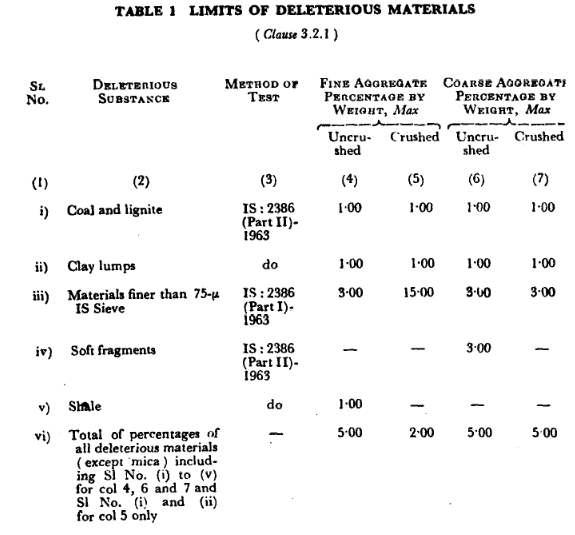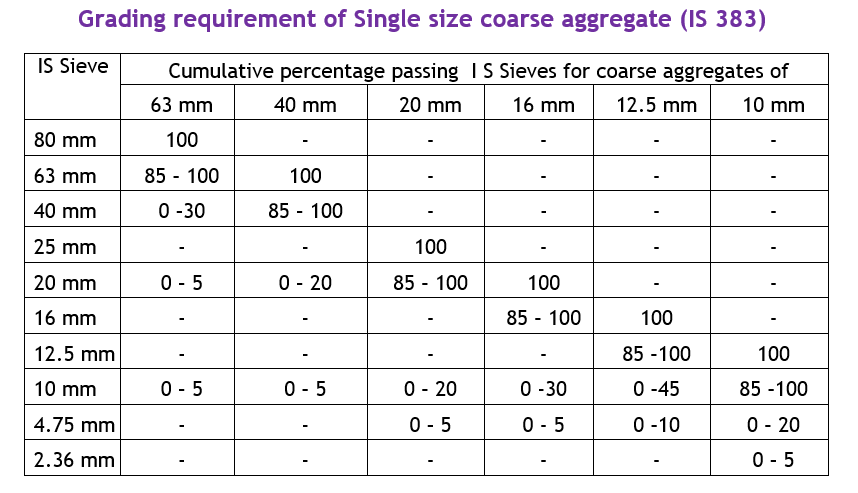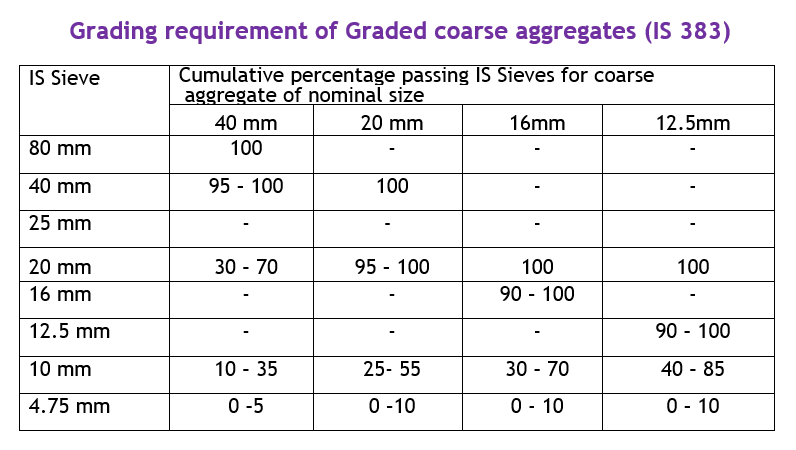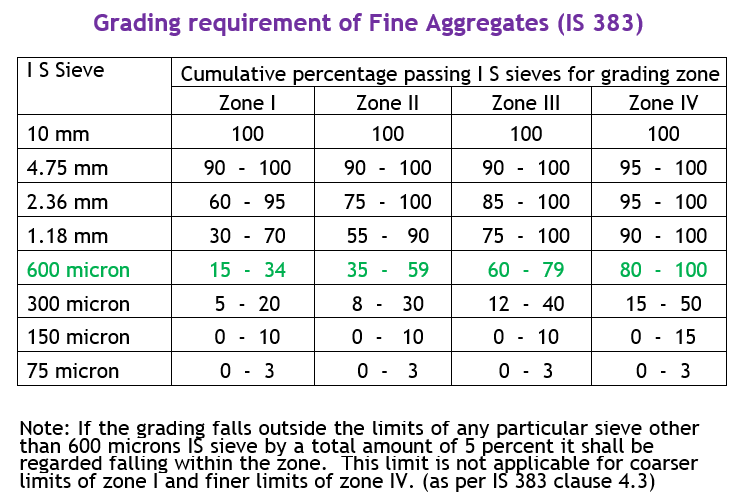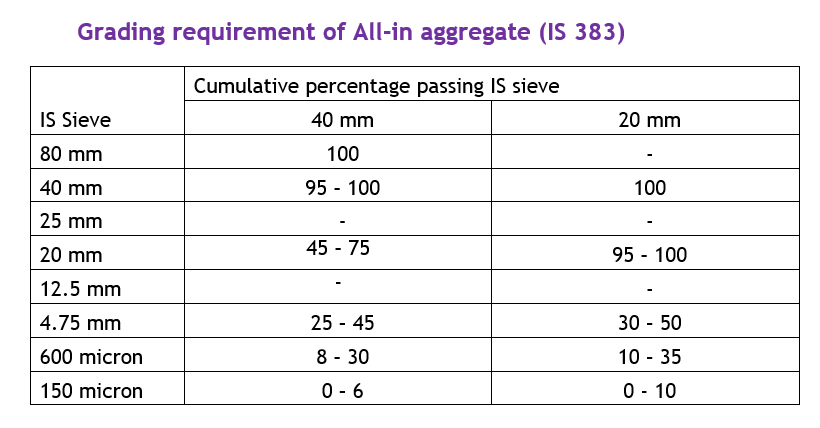Ground Granulated Blast Furnace Slag (GGBFS)
Granulated slag is a non-metallic product consisting essentially of glass containing silicates and aluminizes of lime and other bases. It is a product developed simultaneously with iron in blast furnace of pig iron furnace. Granulated slag is obtained by further processing the molten slag by rapidly chilling or quenching it with water or steam and air. Ground granulated blast furnace slag confirming IS 12089 can be used as a mineral admixture as part replacement to cement.
The following are the requirements of GGBFS (as per IS 12089).
The proportion of lumps exceeding 50mm size shall not be more than 5 % by mass.
The chemical constituents when tested as per IS 4032 should comply
a. Manganese oxide % Max 5.5
b. Megnesium oxide % Max 7.0
c. Sulphide sulphur % Max 2.0
The percentage of major oxides in the GGBFS determined in accordance to IS 4032 shall be least of the following.
CaO + MgO + Al2O3
--------------------------------------- ≥ 1.0
SiO2
However slag containing more than 2.5 % of manganese oxide (MnO), the slag should satisfy
Note: In general, GGBFS is used at 50 % cement replacement. However, IS 455 clause 4.1, specifies that 70% cement contents in the mix can be replaced with GGBFS.
Granulated slag is a non-metallic product consisting essentially of glass containing silicates and aluminizes of lime and other bases. It is a product developed simultaneously with iron in blast furnace of pig iron furnace. Granulated slag is obtained by further processing the molten slag by rapidly chilling or quenching it with water or steam and air. Ground granulated blast furnace slag confirming IS 12089 can be used as a mineral admixture as part replacement to cement.
The following are the requirements of GGBFS (as per IS 12089).
The proportion of lumps exceeding 50mm size shall not be more than 5 % by mass.
The chemical constituents when tested as per IS 4032 should comply
a. Manganese oxide % Max 5.5
b. Megnesium oxide % Max 7.0
c. Sulphide sulphur % Max 2.0
The percentage of major oxides in the GGBFS determined in accordance to IS 4032 shall be least of the following.
CaO + MgO + 1/3 Al2O3
--------------------------------------- ≥ 1.0
SiO2 + 2/3 Al2O3
--------------------------------------- ≥ 1.0
SiO2 + 2/3 Al2O3
CaO + MgO + Al2O3
--------------------------------------- ≥ 1.0
SiO2
CaO + CaS+ ½ MgO + Al2O3
---------------------------------------- ≥ 1.5
SiO2 + MnO
Insoluble residue 5 % Max---------------------------------------- ≥ 1.5
SiO2 + MnO
Glass content 85 % (Min)Note: In general, GGBFS is used at 50 % cement replacement. However, IS 455 clause 4.1, specifies that 70% cement contents in the mix can be replaced with GGBFS.


